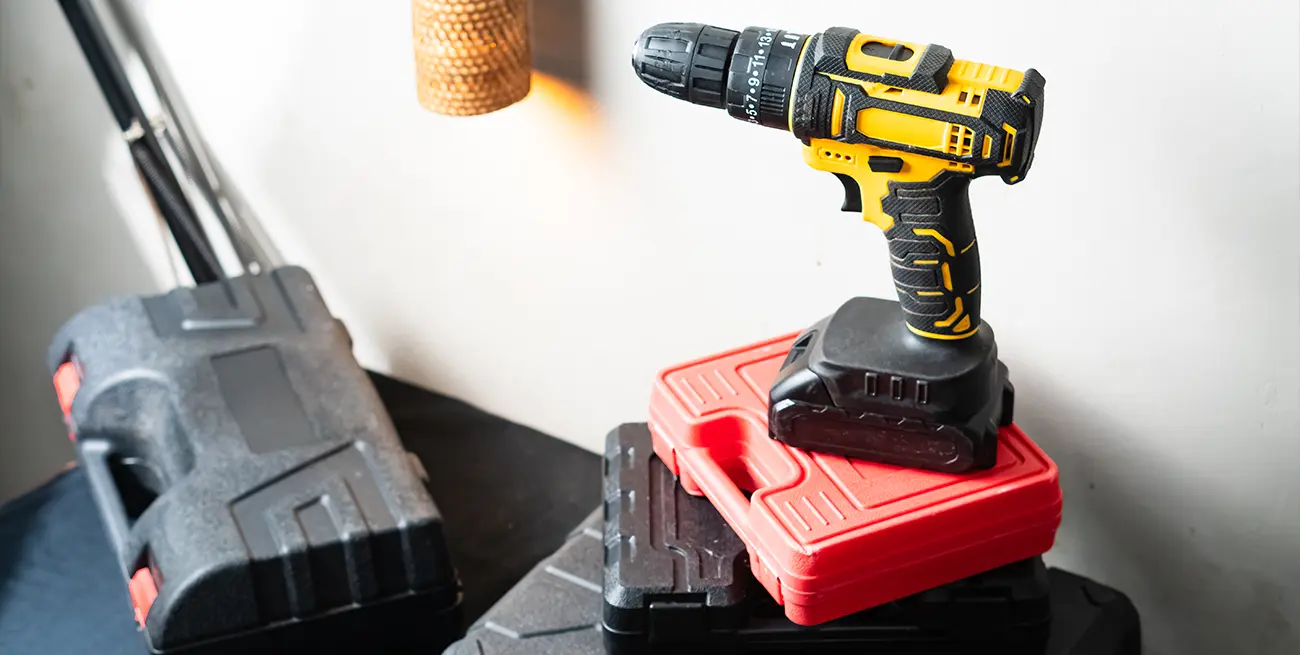How to Diagnose Common Power Tool Issues Before They Worsen

Power tools make tough jobs easier, but when they start acting up, productivity takes a hit. Ignoring small issues leads to bigger problems, costly repairs, or even tool failure at the worst possible moment. Spotting warning signs early can keep your tools running smoothly and extend their lifespan.
Unusual Noises: When Your Tools Start Talking
Most power tools hum, buzz, or whir in a way that becomes familiar. If a drill starts screeching, a saw develops a grinding noise, or a grinder makes a rattling sound, something is wrong. Bearings wear out, gears strip, and debris gets lodged in moving parts. A sudden change in pitch often points to a motor struggling under extra load. Ignoring these sounds risks catastrophic failure.
Power Fluctuations: Weak Performance and Sudden Stops
Intermittent power loss or weak performance is usually electrical. Frayed cords, worn-out brushes, or loose connections are common culprits. If a tool starts but won’t stay running, check the power source first. Battery-powered tools can suffer from degraded battery cells, while corded tools may have internal wiring issues. A failing trigger switch can also cause sporadic operation.
Overheating: More Than Just a Hot Handle
All power tools generate heat, but excessive warmth signals trouble. If a tool becomes too hot to touch or emits a burning smell, shut it down. Overheating stems from clogged ventilation, overworked motors, or worn bearings creating extra friction. Running a tool past its duty cycle also contributes to overheating. Let it cool, clear vents, and check for damage before using it again.
Burning Smell or Smoke: Immediate Red Flags
Smoke or a burning odor is never normal. Carbon buildup in motors, shorted wires, and overheating components can all create this problem. Brushes in electric motors wear down over time, sparking against the commutator and producing a distinct smell. If smoke appears, unplug the tool immediately and inspect it for visible damage.
Excessive Vibration: Shaky Hands, Shaky Tools
Vibrations beyond the usual operation mean trouble. Worn-out bearings, unbalanced blades, and misaligned moving parts are frequent causes. A saw with a bent blade wobbles unpredictably, making cuts dangerous. An impact driver with loose internals delivers inconsistent torque. Ignoring vibrations speeds up wear and reduces accuracy.
Triggers and Switches That Don't Respond
A trigger that sticks, requires extra force, or doesn’t engage signals a problem. Dust buildup inside switches, worn contacts, or faulty wiring can prevent proper operation. A sluggish trigger on a reciprocating saw or drill makes precision work impossible. Sometimes, a blast of compressed air or electrical contact cleaner restores function. If not, replacement is the best option.
Blades, Bits, and Attachments Wearing Faster Than Normal
Cutting tools dull over time, but if blades and bits seem to lose their edge too quickly, something else is wrong. Excessive pressure, poor-quality attachments, or misaligned components contribute to premature wear. A saw with a loose arbor bolt vibrates, causing uneven cuts and faster blade degradation. A drill with a worn chuck wobbles, damaging bits.
Battery Drain and Charging Issues
Cordless tools rely on healthy batteries, but age and improper charging shorten their lifespan. If a battery drains faster than usual or fails to charge fully, check the contacts for dirt and corrosion. A battery getting excessively hot while charging is a warning sign. Swelling or deformation means internal cell damage—time for a replacement.
Unresponsive or Weak Torque Output
An impact driver that barely turns or a drill that struggles under load might have worn gears or a failing clutch. Grease inside gearboxes thickens over time, slowing performance. Clutches that slip too easily prevent tools from delivering full torque. Taking apart and regreasing the gearbox can restore function, but worn gears may need replacing.
Preventative Maintenance: Catching Problems Early
Spot-checking tools before use saves time and money. Look for frayed cords, loose fasteners, and clogged vents. Keep moving parts lubricated and store tools in dry conditions. Replacing worn brushes before they fail prevents motor damage. Investing a few minutes in maintenance can prevent hours of downtime.
Know When to Repair or Replace
Not every tool is worth fixing. If a motor is burnt out, bearings are shot, or the tool has multiple failing components, replacement might be the better option. High-end tools are often worth repairing, while budget models may not justify the cost. If a tool has served well for years but keeps breaking down, upgrading to a newer model may be the smarter move.
Keep Your Tools Running Strong
Power tools aren’t meant to last forever, but catching issues early can keep them in service longer. A little troubleshooting and maintenance go a long way in preventing downtime and expensive replacements. Pay attention to how your tools sound, feel, and perform—because the sooner you catch a problem, the easier it is to fix.


